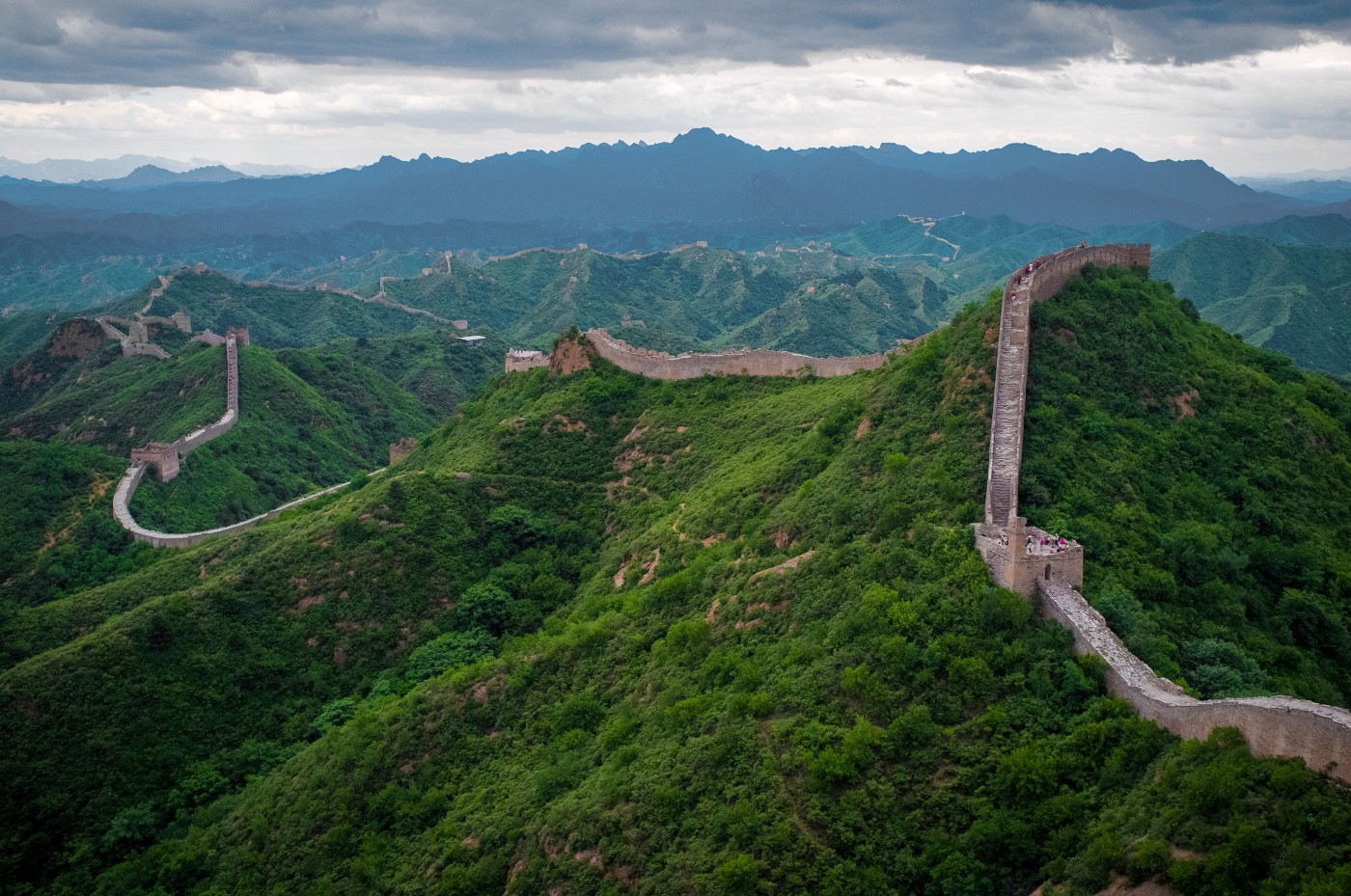Walls are boundaries, but not all walls forbid

Trompe-l??il (?trick of the eye?) paintings such as these are not confined to Italian frescoes. When the graffiti artist Banksy stencilled a figure pulling back a section of the Israeli West Bank wall, as if the concrete were as easy to draw back as a curtain, it was his way of slicing through an immovable barrier: the aperture showed the glimpse of a blue sea as if paradise lay on the other side. The joke, if one can call it that, is that we know we?re looking at a deception.
Walls might get covered or smothered as another way of making them disappear. In 1974, a 820-foot long section of the Aurelian Walls in Rome was wrapped in polypropylene and rope by the artists Christo and Jeanne Claude. In Seattle, the so-called Chewing Gum Wall, performs its function by hosting a million blobs of chewed gum stuck there by passersby?
Great Walls of Fear
It is really quite surprising how famous a wall can become. Walls of renown and notoriety have existed through the ages, from Jericho to Troy. Yet they are often some of the least understood of all of humanity?s creations.
The most famous of all, China?s Great Wall, occupies a particular romance in our imaginations thanks to the formidable stretches that contour mountains like the spine of some great sleeping dragon.
It is easy to forget the fragmentary nature of the actual wall: one quarter of its length is not in fact made of stone but the natural barriers of rivers and mountain ridges. The earliest portions of wall have been dated to over 2,000 years old, and consist of little more than mounds of packed earth. Conversely, the most visited parts ? and most photogenic ? stands at Badaling some 50 miles northwest of Beijing, and are just 500 years old. In other words, the Great Wall is really a collection of numerous walls built under numerous dynasties.

Franz Kakfa?s story ?The Great Wall of China,? written in 1917, tells of the piecemeal construction of the northwest section of the Great Wall through the eyes of a fictional elderly mason.
As the mason sees it, the building of the wall brings a country together. Not unlike America, perhaps, the hugeness of the territory makes a single narrative for the country insufficient. The narrator says:
Our land is so huge, that no fairy tale can adequately deal with its size.
Yet it doesn?t seem to matter, since the building of the wall occupies the attention of the population. And with the construction, Emperor?s reputation is enhanced, for such a huge undertaking cannot be anything but impressive:
The enthusiasm for labouring once again at the people?s work became irresistible. [?] Every countryman was a brother for whom they were building a protective wall and who would thank him with everything he had and was for all his life.
The gaps in the wall remain: it was fear of invasion, Kafka suggests, that inspired belief in the wisdom of the Emperor. The wall is but smoke and mirrors, ?something merely makeshift and impractical?, as a way to prompt a psychological need.
Now I think of the modern world and the walls being built today, and I wonder: is not fear a more powerful means of control than bricks and mortar?

Christopher P Jones writes about culture, art and life. Sign up for more.